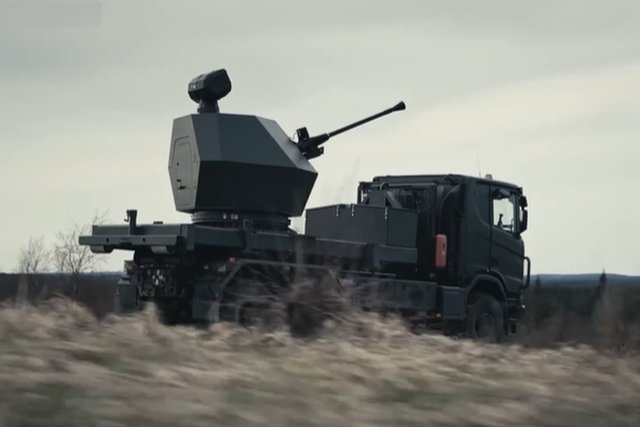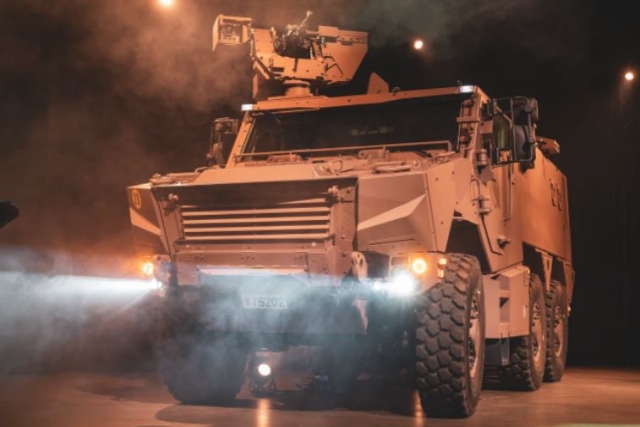The Future of Passive Radars

In an email interview with Defenseworld.net, an Airbus Defense and Space official explains how the newly developed Passive Array Radars work, the demonstrators and the overall market for this technology.
DW : Is the efficiency of passive radars dependent upon the intensity of third party emissions?
Airbus Official: Yes, to some extent. If there are not many emitters or only low intensity emitters, the operation of two or more passive radar systems in a collaborative mode enhances results.
DW : Is there a minimum requirement of reflective signals for a passive radar to detect an object?
Airbus Official: No, there is no minimum requirement. Detection depends on many parameters like transmitter availability and strength, number of transmitters, size of target, system configuration etc. Nevertheless, in every measurement situation our system was capable across central Europe detecing and tracking targets.
DW : As passive radars are considered eco-friendly, how serious is the issue of Electro-magnetic radiation from conventional radars. Who is at risk?
Airbus Official: Modern radars are sending out far less energy than in former times. Depending on the size/power output of the radar, there are security zones around antennas (while sending) of approx. 20 m which are considered sufficient to prevent any risks. If you take into account that those safety zones are to be applied exactly in the direction of the beam, and most radars are sending in an upward direction, the safety areas typically are 10-20 m above ground. The attribute "eco-friendly" used with passive radar also refers to approvals by authorities to use the radar, which are not necessary as there is no radiation and none of the scarce frequency bands occupied. Overall, passive radar avoids conflicts with the public (even though there is no actual threat as described before), and is therefore quickly usable without "disturbing anybody".
DW : How good is the quality of the image formed by passive radars. How does it compare with some of the latest trends in radars such those operating in Synthetic Aperture Radar (SAR) and Ground Moving Target Indicator (GMTI) modes?
Airbus Official: From sheer physics, passive radar is not applicapble to SAR. Today, passive radar is a ground based application not moving during operation and is focussed on detecting air traffic. Therefore, passive radar provides target tracks and paints them onto digital maps. Accuracy of tracks is within 500m in long range and down to a few tens of meters in short range exploiting digital frequency bands. Ground based or airborne radar GMTI (Ground Moving Target Indication) or MTI modes do not provide images of an area, but track ground or air traffic and paint it onto digital maps. In general, GMTI or MTI is a possible application for passive radar.
DW : Will passive radars be for ground based applications or aircraft based or both?
Airbus Official: Passive radar is highly complex and takes a lot of variables into account. Therefore, today only ground based fixed passive radar exists at the edge of operational use. Future developments of airborne passive radars seem possible but are several years away, due to antenna size, weight and power requirements.
DW : With two demonstrator systems already delivered, what have been the results from these demonstration units?
Airbus Official: One demonstrator (equals one passive radar system) provides a 3D air picture by exploiting several illuminators (radio and TV stations) placed around it. In case, such illuminators are only available in low numbers or even only one, a second system placed separately (e.g. 20km away from the first system) improves the source exploitation and hence improves the radar image. So, the main outcome from employing more than one system at a time was that more than one passive radar working in a cluster together can establish a comprehensive and highly accurate air picture even in low-infrastructure areas with small numbers of emitters or low signal density.
DW : How does Airbus Defence and Space see the overall market for passive radars developing over the next 10 years both in terms of technology and market demand?
Airbus Official: The demand for cost efficient and difficult-to-detect surveillance techniques is considerably rising. There's specific interest in border security and gap filling applications from all over the world brought to our attention. The market volume is estimated to exceed several Billion Dollars by 2023 according to market studies. Technologically there will be improvements in range, exploitation of new waveforms (= new transmit standards e.g. LTE), moving and even airborne passive radars are considered to be developed. Too, civil applications in the area of ATC/ATM are expected to be incorporated into the design of future passive radar products.










